Music-to-Visual Narrative Generator - Music-Driven Visuals Generation

Welcome to your musical narrative journey!
Transforming music into visual stories.
Analyze this track's tempo.
Describe the mood of this piece.
Suggest visuals for these rhythms.
Create a scene from this melody.
Get Embed Code
Overview of Music-to-Visual Narrative Generator
The Music-to-Visual Narrative Generator is designed to transform musical audio into detailed visual narratives. It analyzes key elements of a musical piece, such as tempo, melody, and mood, to create a corresponding visual story. This involves translating the rhythm, pace, and emotional tone of the music into scenes, characters, and actions in a visual format. For example, a fast-paced, energetic song could be visualized as a high-speed car chase, while a slow, melancholic piece might be represented by a serene, introspective scene. Powered by ChatGPT-4o。

Core Functions of Music-to-Visual Narrative Generator
Musical Analysis
Example
Analyzing a symphony to identify its varying tempos and moods.
Scenario
Used in a film score to guide the pacing and mood of different scenes, matching the narrative flow.
Visual Narrative Creation
Example
Translating a jazz piece into a visual scene of a lively night in a bustling city.
Scenario
Helping a music video producer to storyboard the sequence of shots that captures the essence of the music.
Detailed Scene Planning
Example
Outlining camera movements and light settings for a music-driven animation sequence.
Scenario
Assisting animators and directors in creating a scene that visually syncs with the beats and rhythm of a soundtrack.
Target User Groups for Music-to-Visual Narrative Generator
Film Directors
Can utilize the tool to conceptualize and plan scenes that align with the musical score, enhancing the emotional impact and narrative pacing of their films.
Music Video Producers
Benefit from translating audio cues into visual elements, creating engaging and coherent music videos that reflect the song's themes and rhythms.
Multimedia Artists
Can leverage the generator to explore innovative ways of merging sound with visual art, creating immersive experiences in installations or digital media.

How to Use Music-to-Visual Narrative Generator
1
Start your journey by heading to yeschat.ai for a no-cost trial, no login or ChatGPT Plus subscription required.
2
Upload or share a link to the musical audio file you wish to analyze and transform into a visual narrative.
3
Utilize the provided commands (/start, /save, /reason, /settings, /new) to navigate through the analysis and creation process.
4
Interact with the generated visual narrative suggestions, offering feedback or adjustments using the /settings command to refine the output.
5
Once satisfied with the visual narrative, use the /save command to compile and save your project, ready for integration into your creative work.
Try other advanced and practical GPTs
Music Video Prompt Generator
Elevate Your Music with AI-Powered Visuals
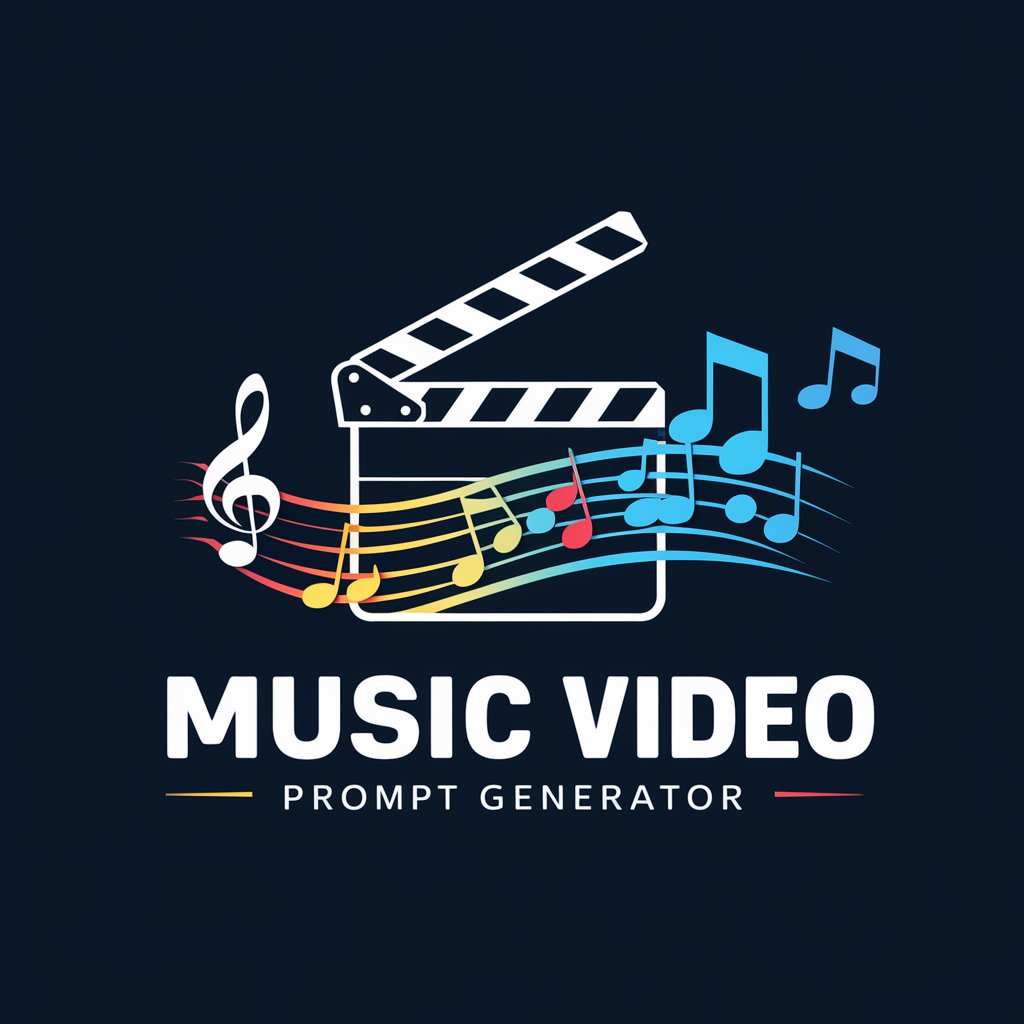
Music Lyric Art Generator
Transforming lyrics into visual art.
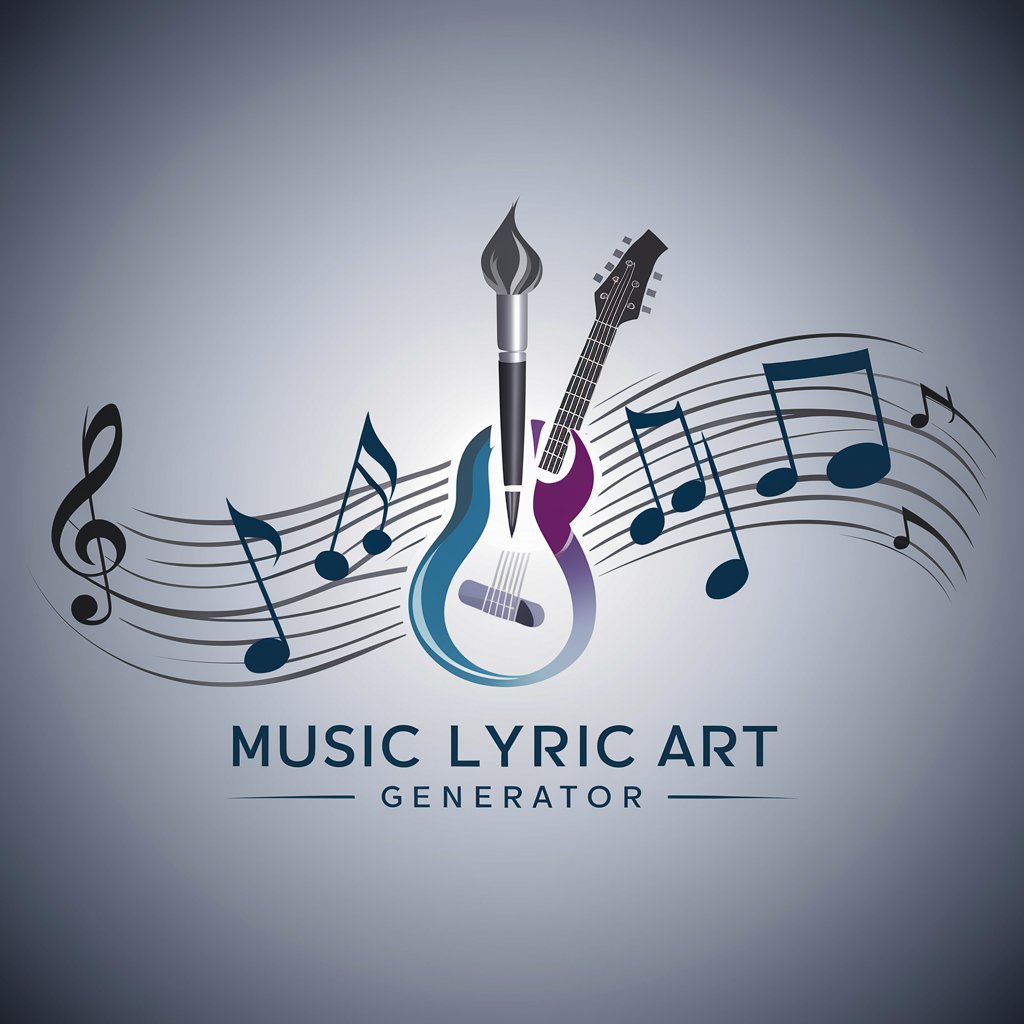
Music Poster Generator
Design your sound visually with AI.

2D Pixel Game Asset Artist
Craft Your Game's World with AI
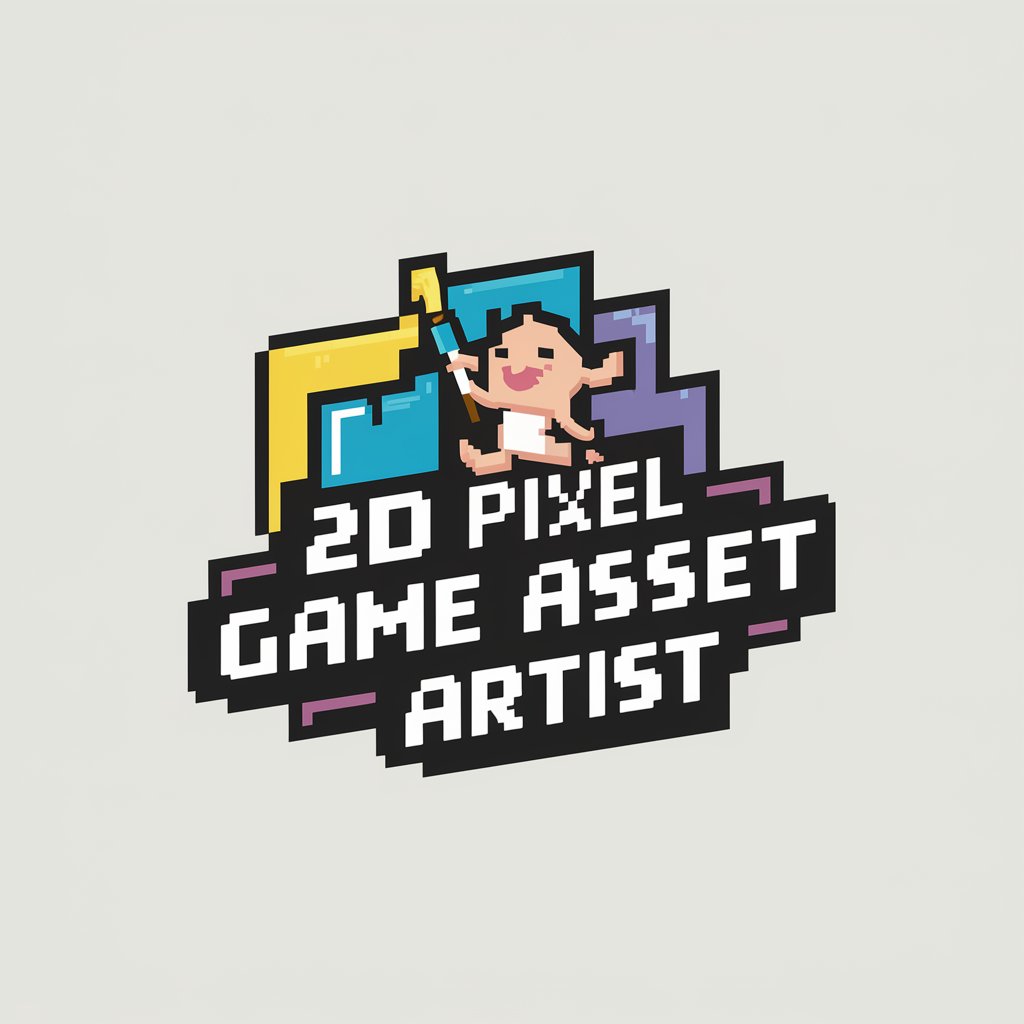
GAME GPT (Game Asset Making Engine)
Crafting Game Worlds with AI
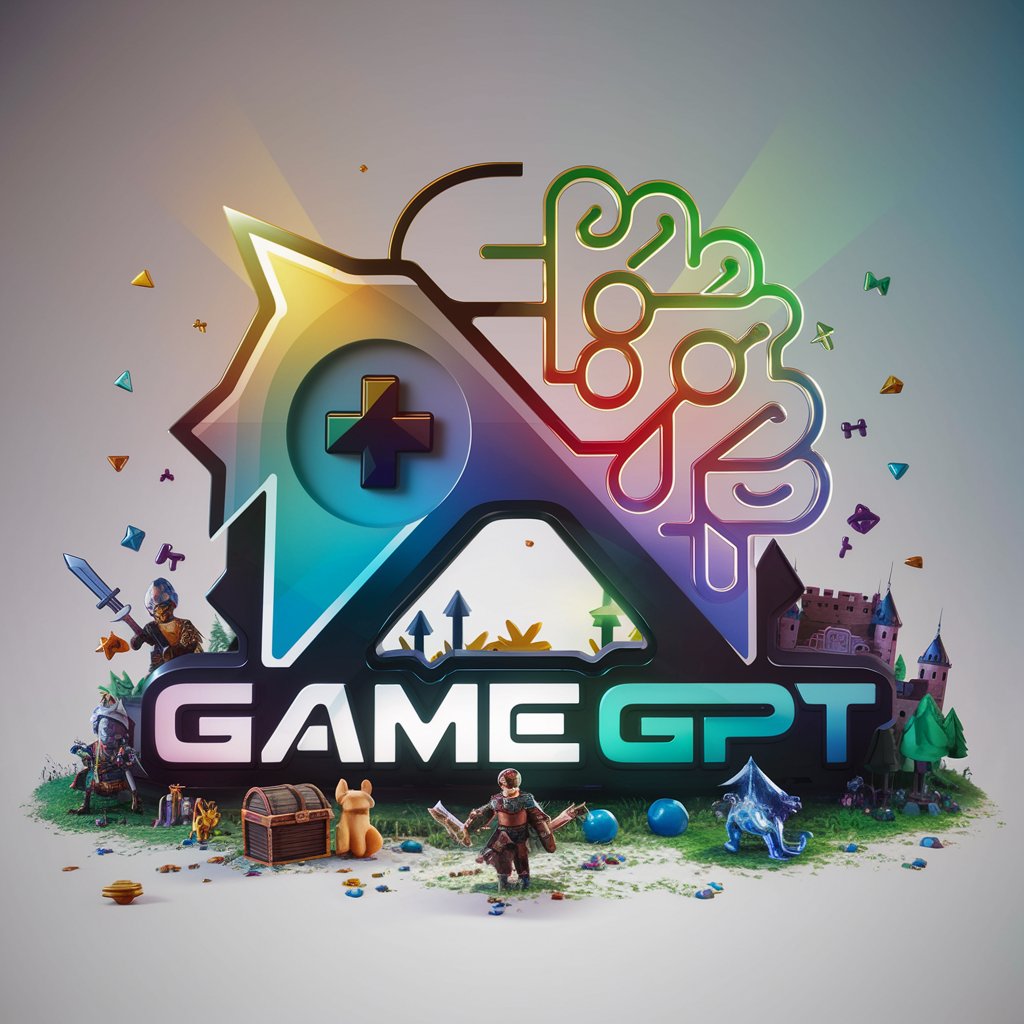
Asset Advisor
Empowering Financial Decisions with AI

BrokenPus
AI-powered music video storytelling.

Music Sheet Generator
AI-powered music notation at your fingertips
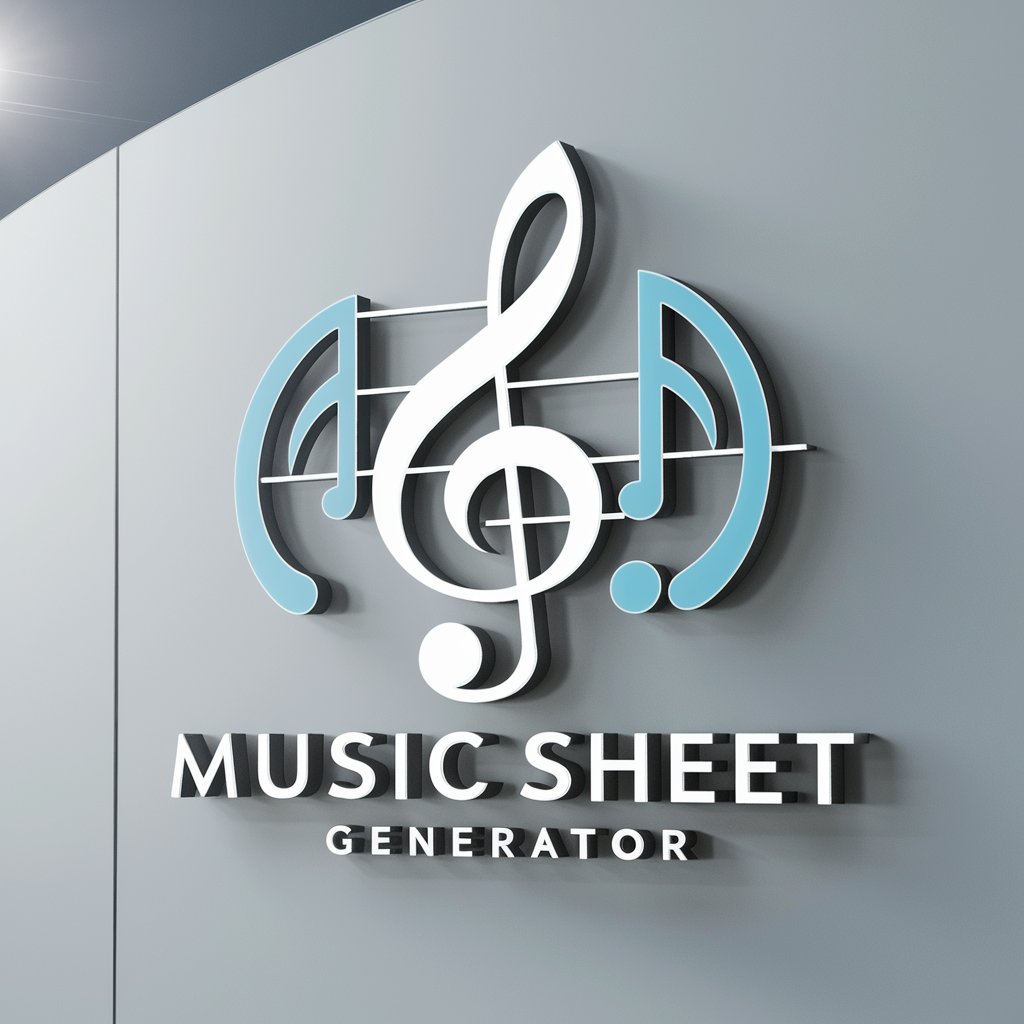
Music Generator
AI-powered music composition and learning.
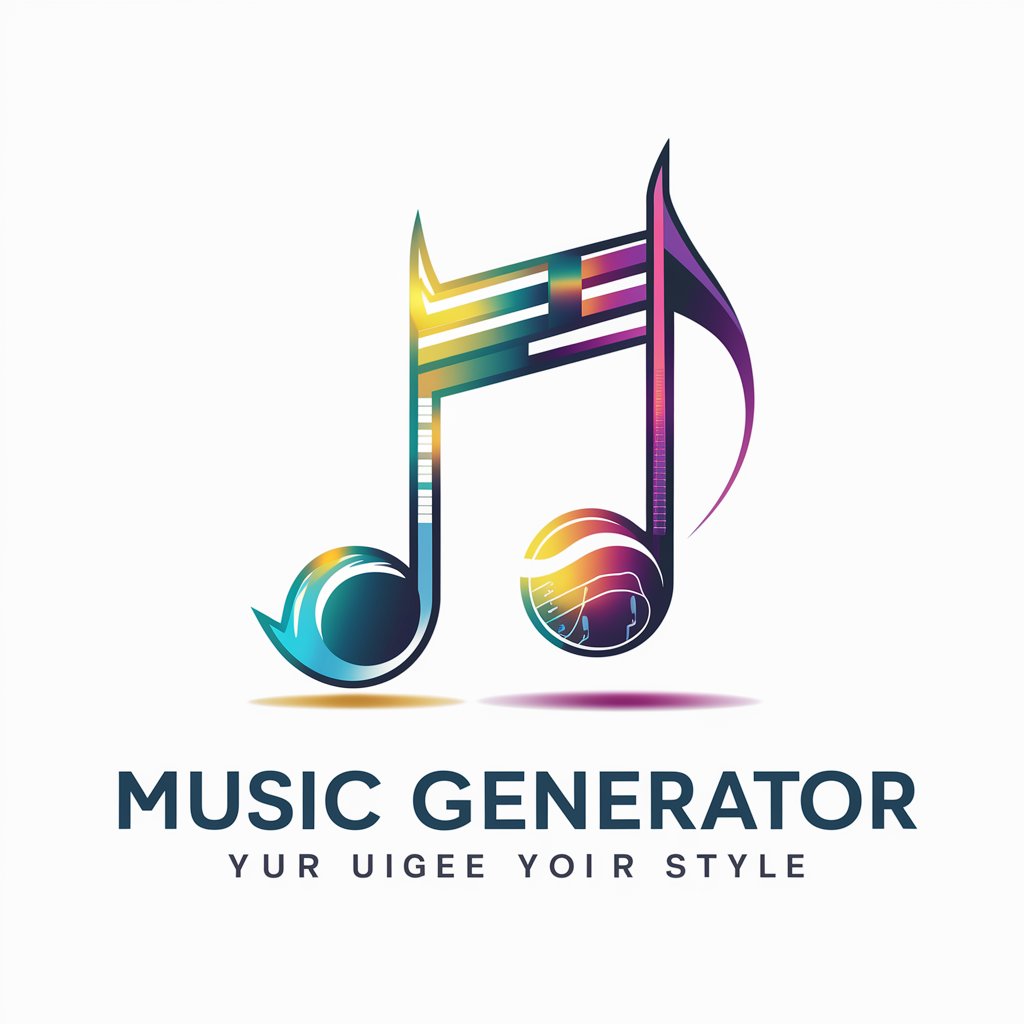
Plagiarism Checker
Discover Originality with AI
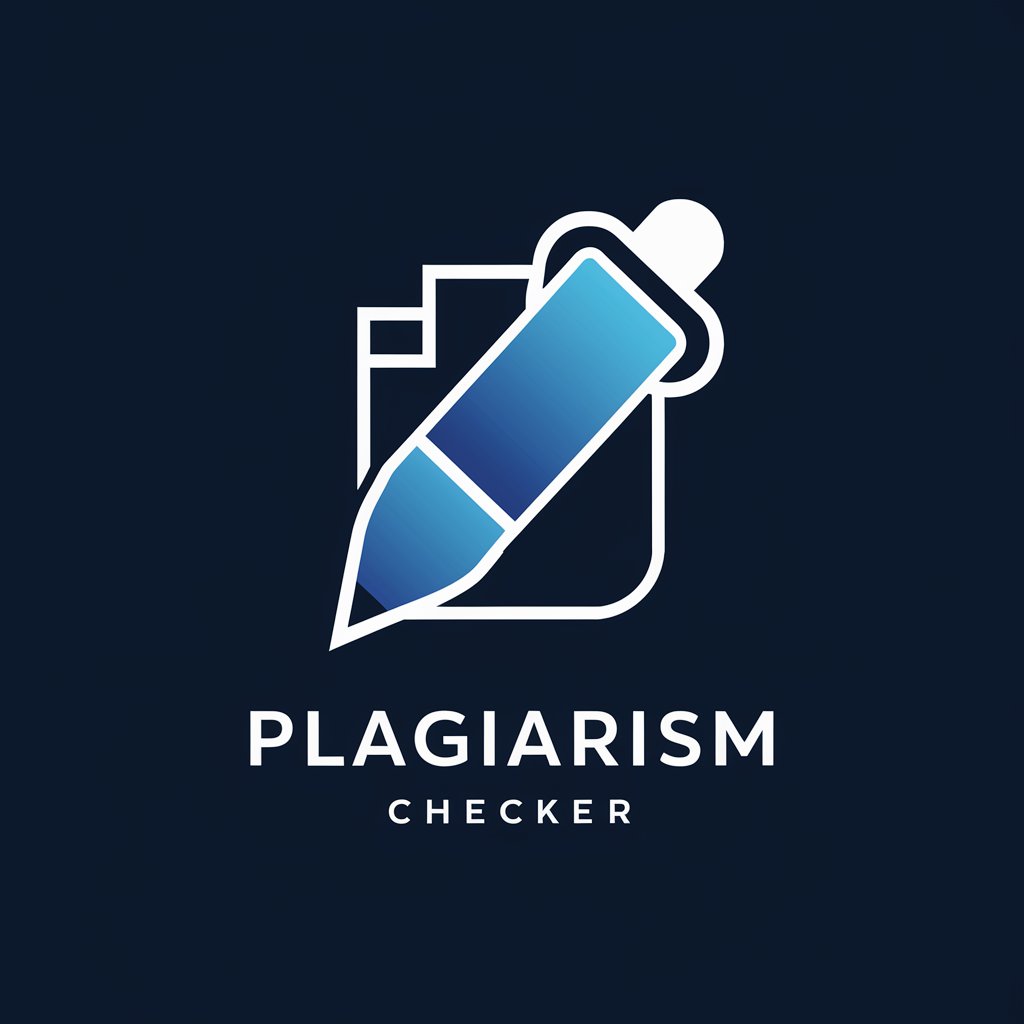
Free Plagiarism Checker Online
AI-Powered Plagiarism Detection
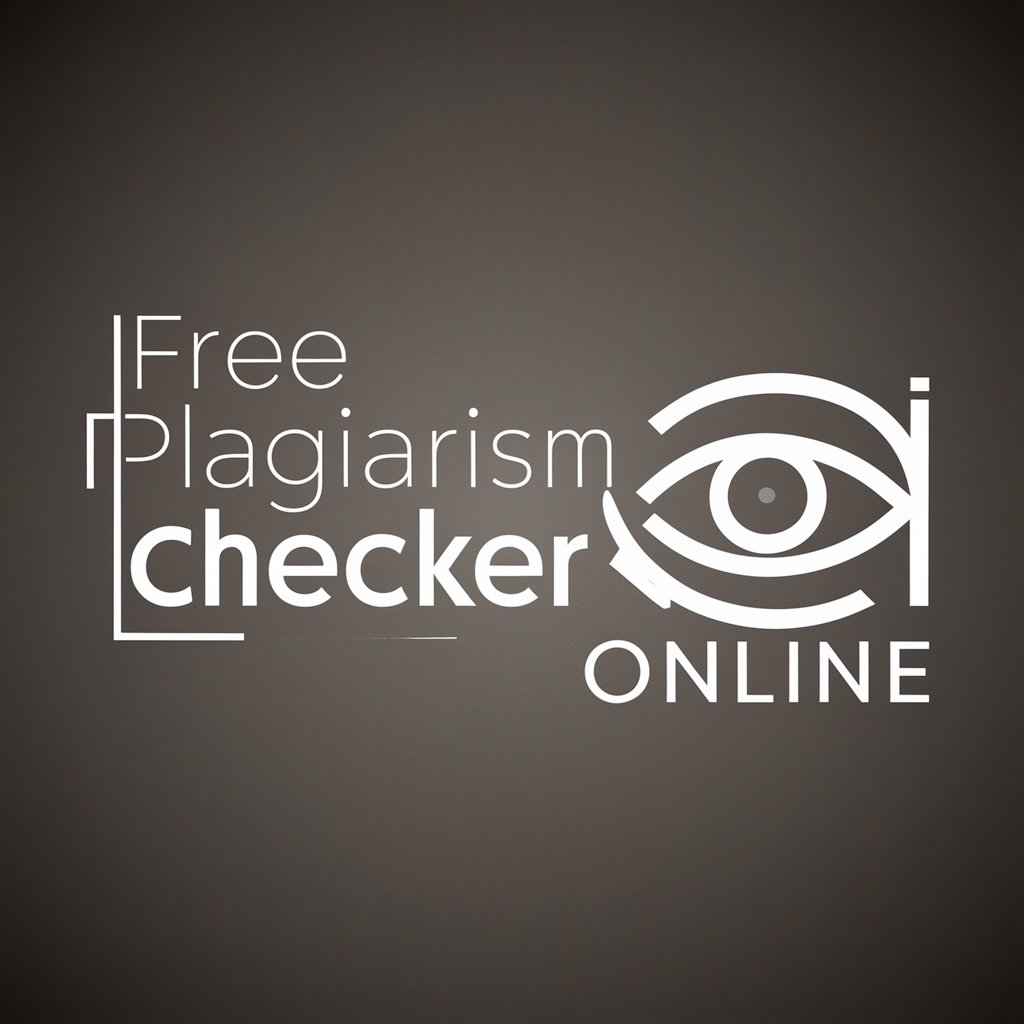
Plagiarism Checker Eye
Illuminate Originality with AI Precision

FAQs about Music-to-Visual Narrative Generator
What types of music files can I analyze with this tool?
The Music-to-Visual Narrative Generator is versatile, able to analyze most common audio file formats, including MP3, WAV, and AAC.
Can I adjust the analysis parameters?
Yes, by using the /settings command, you can modify various analysis parameters such as mood detection sensitivity, tempo range, and thematic emphasis to better suit your project's needs.
How does the tool translate music into visuals?
It analyzes key musical elements like tempo, melody, and mood, then maps these onto visual components such as scene pacing, light temperature, and character actions, creating a cohesive visual narrative.
Is it suitable for beginners?
Absolutely! The tool is designed to be user-friendly for all skill levels, providing step-by-step guidance and easy-to-understand commands for navigating the analysis and creation process.
How can I use the visual narratives generated?
The visual narratives serve as a detailed blueprint for film directors, music video producers, and multimedia artists, aiding in the conceptualization and production of visually compelling content synchronized with the music.
